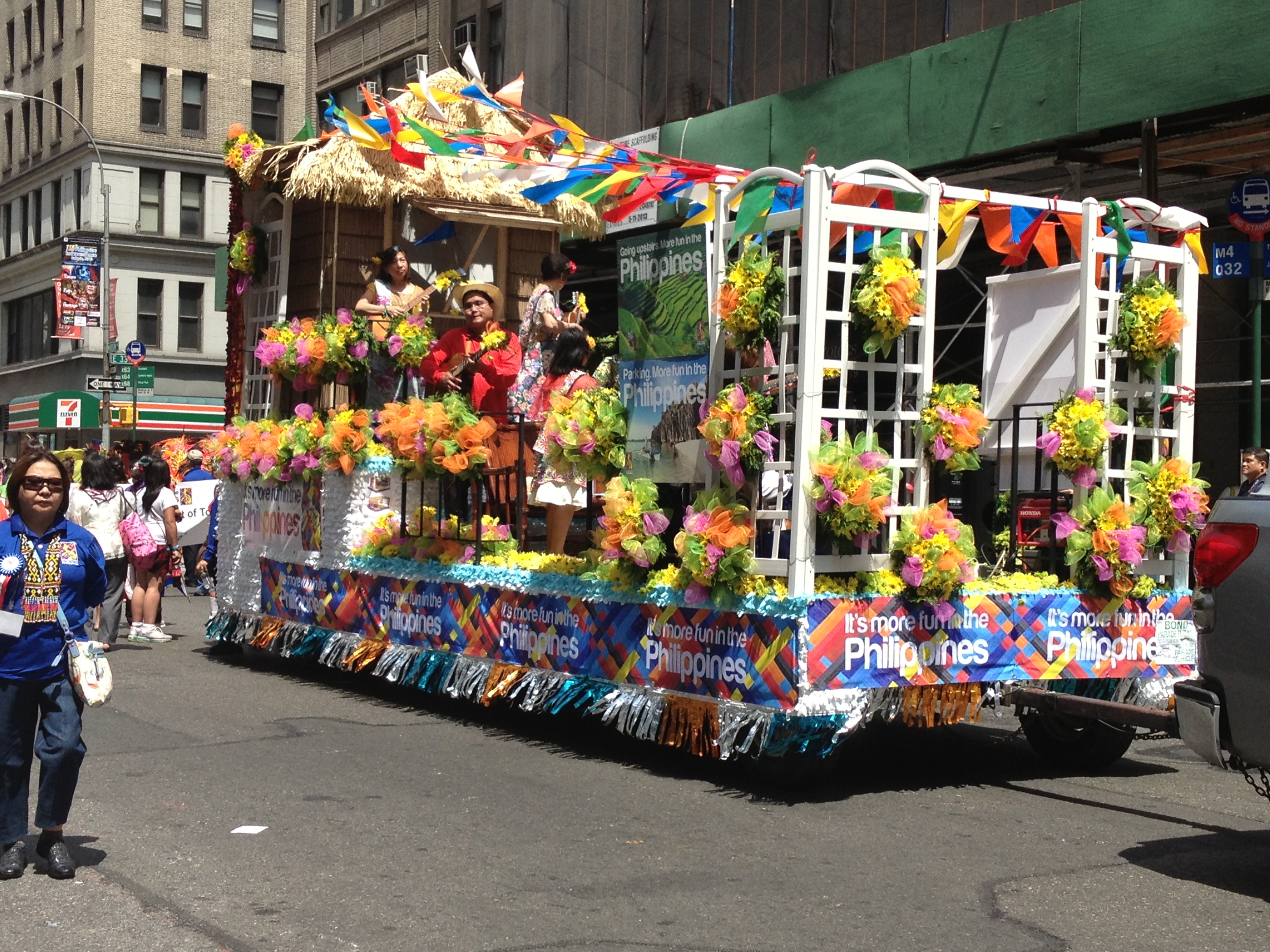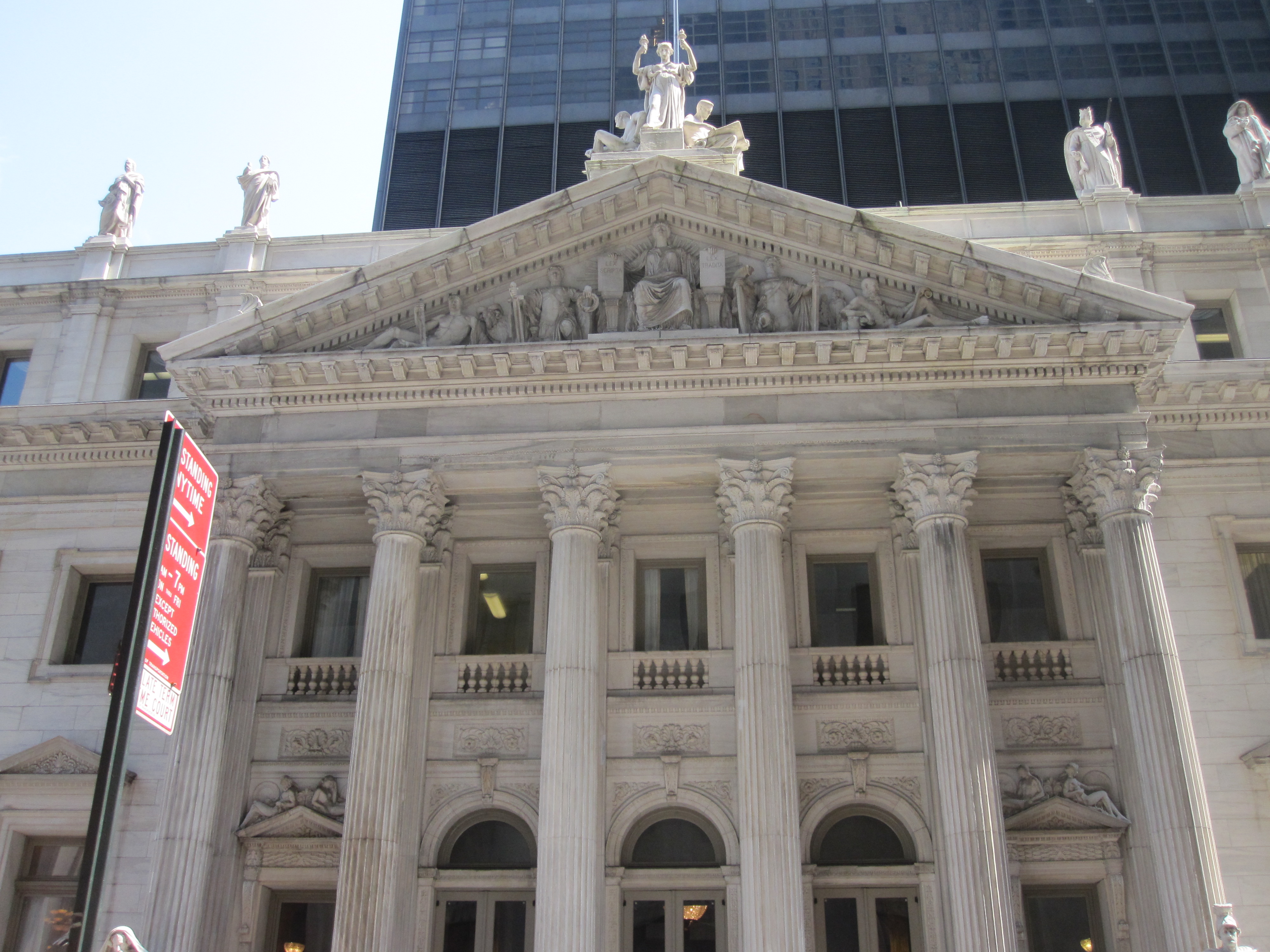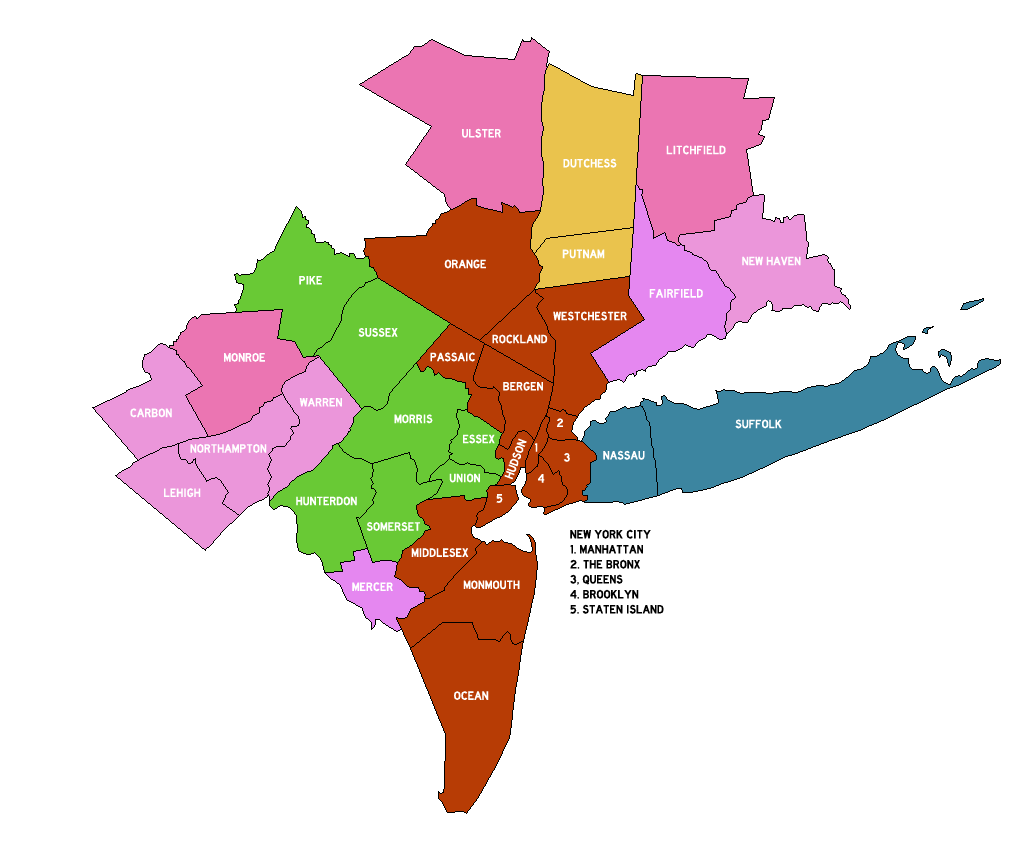|
Philippine Independence Day Parade
The Philippine Independence Day Parade, in New York City, the world's largest outside the Philippines, takes place annually in the United States along Madison Avenue in the Manhattan borough. The parade is held on the first Sunday in June. Its main purpose is to create awareness of Philippine culture and to raise funds for charity projects in the Philippines and the United States. Philippine Independence, as a celebration in America, has gained cultural awareness prominently after the 21st century began. Earlier generations of Filipino immigrants did not celebrate Philippine Independence in significant ways. Philippine Independence Day is widely celebrated among Filipinos in the United States and is now a major event for many Filipino Americans to rekindle their roots and heritage. Many areas where there are significant Filipino American populations in the United States celebrate Philippine Independence in the month of June. The largest among Philippine Independence celebrations ... [...More Info...] [...Related Items...] OR: [Wikipedia] [Google] [Baidu] |
Madison Avenue
Madison Avenue is a north-south avenue in the borough of Manhattan in New York City, United States, that carries northbound one-way traffic. It runs from Madison Square (at 23rd Street) to meet the southbound Harlem River Drive at 142nd Street. In doing so, it passes through Midtown, the Upper East Side (including Carnegie Hill), East Harlem, and Harlem. It is named after and arises from Madison Square, which is itself named after James Madison, the fourth President of the United States. Madison Avenue was not part of the original Manhattan street grid established in the Commissioners' Plan of 1811, and was carved between Park Avenue (formerly Fourth) and Fifth Avenue in 1836, due to the effort of lawyer and real estate developer Samuel B. Ruggles, who had previously purchased and developed New York's Gramercy Park in 1831, and convinced the authorities to create Lexington Avenue and Irving Place between Fourth Avenue (now Park Avenue South) and Third Avenue in order t ... [...More Info...] [...Related Items...] OR: [Wikipedia] [Google] [Baidu] |
Manila
Manila ( , ; fil, Maynila, ), officially the City of Manila ( fil, Lungsod ng Maynila, ), is the capital of the Philippines, and its second-most populous city. It is highly urbanized and, as of 2019, was the world's most densely populated city proper. Manila is considered to be a global city and rated as an Alpha – City by Globalization and World Cities Research Network (GaWC). It was the first chartered city in the country, designated as such by the Philippine Commission Act 183 of July 31, 1901. It became autonomous with the passage of Republic Act No. 409, "The Revised Charter of the City of Manila", on June 18, 1949. Manila is considered to be part of the world's original set of global cities because its commercial networks were the first to extend across the Pacific Ocean and connect Asia with the Spanish Americas through the galleon trade; when this was accomplished, it marked the first time in world history that an uninterrupted chain of trade routes circling ... [...More Info...] [...Related Items...] OR: [Wikipedia] [Google] [Baidu] |
Parades In New York City
A parade is a procession of people, usually organized along a street, often in costume, and often accompanied by marching bands, floats, or sometimes large balloons. Parades are held for a wide range of reasons, but are usually celebrations of some kind. In British English, the term "parade" is usually reserved for either military parades or other occasions where participants march in formation; for celebratory occasions, the word procession is more usual. The term "parade" may also be used for multiple different subjects; for example, in the Canadian Armed Forces, "parade" is used both to describe the procession and in other informal connotations. Protest demonstrations can also take the form of a parade, but such cases are usually referred to as a march instead. Parade float The parade float got its name because the first floats were decorated barges that were towed along the canals with ropes held by parade marchers on the shore. Floats were occasionally propelled from ... [...More Info...] [...Related Items...] OR: [Wikipedia] [Google] [Baidu] |
Filipino-American Culture In New York City
Filipino Americans ( fil, Mga Pilipinong Amerikano) are Americans of Filipino ancestry. Filipinos and other Asian ethnicities in North America were first documented in the 16th century as slaves and prisoners on ships sailing to and from New Spain (Mexico) and a handful of inhabitants in other minute settlements during the time Louisiana was an administrative district of the Viceroyalty of New Spain (Mexico). Mass migration did not begin until the 20th century, when the Philippines was a U.S. territory. As of 2019, there were 4.2 million Filipinos, or Americans with Filipino ancestry, in the United States with large communities in California, Hawaii, Illinois, Texas, and the New York metropolitan area. Terminology The term ''Filipino American'' is sometimes shortened to ''Fil-Am'' or ''Pinoy''. Another term which has been used is ''Philippine Americans''. The earliest appearance of the term ''Pinoy'' (feminine ''Pinay''), was in a 1926 issue of the ''Filipino Student Bullet ... [...More Info...] [...Related Items...] OR: [Wikipedia] [Google] [Baidu] |
Filipino-American Culture
Filipino Americans ( fil, Mga Pilipinong Amerikano) are Americans of Filipino ancestry. Filipinos and other Asian ethnicities in North America were first documented in the 16th century as slaves and prisoners on ships sailing to and from New Spain (Mexico) and a handful of inhabitants in other minute settlements during the time Louisiana was an administrative district of the Viceroyalty of New Spain (Mexico). Mass migration did not begin until the 20th century, when the Philippines was a U.S. territory. As of 2019, there were 4.2 million Filipinos, or Americans with Filipino ancestry, in the United States with large communities in California, Hawaii, Illinois, Texas, and the New York metropolitan area. Terminology The term ''Filipino American'' is sometimes shortened to ''Fil-Am'' or '' Pinoy''. Another term which has been used is ''Philippine Americans''. The earliest appearance of the term ''Pinoy'' (feminine ''Pinay''), was in a 1926 issue of the ''Filipino Student Bulle ... [...More Info...] [...Related Items...] OR: [Wikipedia] [Google] [Baidu] |
Filipino-American History
Filipino Americans ( fil, Mga Pilipinong Amerikano) are Americans of Filipino ancestry. Filipinos and other Asian ethnicities in North America were first documented in the 16th century as slaves and prisoners on ships sailing to and from New Spain (Mexico) and a handful of inhabitants in other minute settlements during the time Louisiana was an administrative district of the Viceroyalty of New Spain (Mexico). Mass migration did not begin until the 20th century, when the Philippines was a U.S. territory. As of 2019, there were 4.2 million Filipinos, or Americans with Filipino ancestry, in the United States with large communities in California, Hawaii, Illinois, Texas, and the New York metropolitan area. Terminology The term ''Filipino American'' is sometimes shortened to ''Fil-Am'' or ''Pinoy''. Another term which has been used is ''Philippine Americans''. The earliest appearance of the term ''Pinoy'' (feminine ''Pinay''), was in a 1926 issue of the ''Filipino Student Bullet ... [...More Info...] [...Related Items...] OR: [Wikipedia] [Google] [Baidu] |
Festivals In New York City
A festival is an event ordinarily celebrated by a community and centering on some characteristic aspect or aspects of that community and its religion or cultures. It is often marked as a local or national holiday, mela, or eid. A festival constitutes typical cases of glocalization, as well as the high culture-low culture interrelationship. Next to religion and folklore, a significant origin is agricultural. Food is such a vital resource that many festivals are associated with harvest time. Religious commemoration and thanksgiving for good harvests are blended in events that take place in autumn, such as Halloween in the northern hemisphere and Easter in the southern. Festivals often serve to fulfill specific communal purposes, especially in regard to commemoration or thanking to the gods, goddesses or saints: they are called patronal festivals. They may also provide entertainment, which was particularly important to local communities before the advent of mass-produced entert ... [...More Info...] [...Related Items...] OR: [Wikipedia] [Google] [Baidu] |
Asian-American Culture In New York City
Asian Americans are Americans of Asian ancestry (including naturalized Americans who are immigrants from specific regions in Asia and descendants of such immigrants). Although this term had historically been used for all the indigenous peoples of the continent of Asia, the usage of the term "Asian" by the United States Census Bureau only includes people with origins or ancestry from the Far East, Southeast Asia, and the Indian subcontinent and excludes people with ethnic origins in certain parts of Asia, including West Asia who are now categorized as Middle Eastern Americans. The "Asian" census category includes people who indicate their race(s) on the census as "Asian" or reported entries such as " Chinese, Indian, Filipino, Vietnamese, Indonesian, Korean, Japanese, Pakistani, Malaysian, and Other Asian". In 2020, Americans who identified as Asian alone (19,886,049) or in combination with other races (4,114,949) made up 7.2% of the U.S. population. Chinese, Indian, an ... [...More Info...] [...Related Items...] OR: [Wikipedia] [Google] [Baidu] |
Culture Of New York City
New York City has been described as the cultural capital of the world. The culture of New York is reflected in its size and ethnic diversity. As many as 800 languages are spoken in New York, making it the most linguistically diverse city in the world. Many American cultural movements first emerged in the city. Large numbers of Irish, Italian, Jewish, and ultimately Asian and Hispanic Americans also migrated to New York throughout the 20th century and continuing into the 21st century, significantly influencing the culture and image of New York. The city became the center of modern dance and stand-up comedy in the early 20th century. The city was the top venue for jazz in the 1940s, expressionism in the 1950s and home to hip hop, punk rock, and the Beat Generation. The Stonewall Inn in Greenwich Village, Lower Manhattan, is a designated U.S. National Historic Landmark and National Monument, as the site of the June 1969 Stonewall riots and the cradle of the modern gay rights movem ... [...More Info...] [...Related Items...] OR: [Wikipedia] [Google] [Baidu] |
Filipinos In The New York City Metropolitan Region
Filipinos in the New York metropolitan area constitute one of the fastest growing ethnicities in the United States, and one of the largest and most prominent Filipino diasporas in the Western Hemisphere. By 2014 Census estimates, the New York City-Northern New Jersey-Long Island, NY-NJ-CT-PA Combined Statistical Area was home to 262,375 Filipino Americans, 221,612 (84.5%) of them uniracial Filipinos. History New York City has a shorter settlement history compared to historically more common locations for Filipinos to immigrate to, such as the West Coast. Early demographics While larger populations Filipinos immigrated to New York City after 1965, many Filipinos began arriving in New York in the early 1900s. Many came to study as ''pensionados'' (or sponsored students) in universities like Columbia University and New York University. Like other immigrants at the time, these Filipinos entered through Ellis Island; Manuel Quezon and Carlos Romulo are among the small group of Fi ... [...More Info...] [...Related Items...] OR: [Wikipedia] [Google] [Baidu] |
Jersey City, New Jersey
Jersey City is the second-most populous city in the U.S. state of New Jersey, after Newark.The Counties and Most Populous Cities and Townships in 2010 in New Jersey: 2000 and 2010 , . Accessed November 7, 2011. It is the of Hudson County and the county's largest city. [...More Info...] [...Related Items...] OR: [Wikipedia] [Google] [Baidu] |
Passaic, New Jersey
Passaic ( or ) is a city in Passaic County, in the U.S. state of New Jersey. As of the 2020 U.S. census, the city had a total population of 70,537, ranking as the 16th largest municipality in New Jersey and an increase of 656 from the 69,781 counted in the 2010 United States census.Table DP-1. Profile of General Demographic Characteristics: 2010 for Passaic city , . Accessed December 14, 2011. The [...More Info...] [...Related Items...] OR: [Wikipedia] [Google] [Baidu] |










